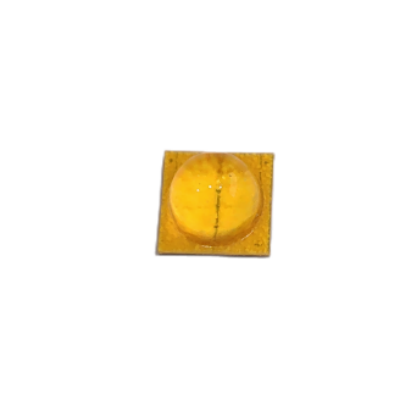With the rapid development of modern electronic technology, SMD LEDs are a mainstream component used for display and lighting in the current electronic field. They are small in size, low in power consumption, uniform in emission, and have a wide range of applications. They can be used in electronic products, lighting products, traffic signal lights, car lights, and other fields. Next, let’s delve deeper into SMD LEDs.

The Basic Principles of SMD LEDs
The basic structure of SMD is a substrate sandwiched between a p-type semiconductor and an n-type semiconductor. By applying voltage to these two semiconductors, electron hole pairs can be formed within the inclusion layer to emit light. SMD LEDs have high luminous efficiency, and in fact, they have become one of the mainstream products in LED lighting applications.
Application characteristics of SMD LEDs
- Small size: SMD LEDsare small in size and light in weight, generally 20% to 30% smaller than conventional LED lights, making them easy to carry and install.
- Low power consumption: SMD LEDsnot only have small size, but also have low power consumption, greatly saving electricity and bills.
- Sharp and Vulnerable: The surface of the SMD is encapsulated in plastic, which has a short service life and durability. Therefore, pay attention to the usage environment and conditions to avoid causing losses.
- Uniform luminescence: The light output angle of the SMD LED point light source is relatively small, and the radiation direction is relatively concentrated, so the lighting effect will be better when the light is more concentrated.
In summary, SMD LEDs are widely used in the electronic field. Their compact size, significant energy-saving effects, and long service life make them an indispensable part of modern electronic technology. But at the same time, we also need to pay attention to protecting the environment, regulating costs, and optimizing design, so that SMD LEDs can play a greater role in the application process.












